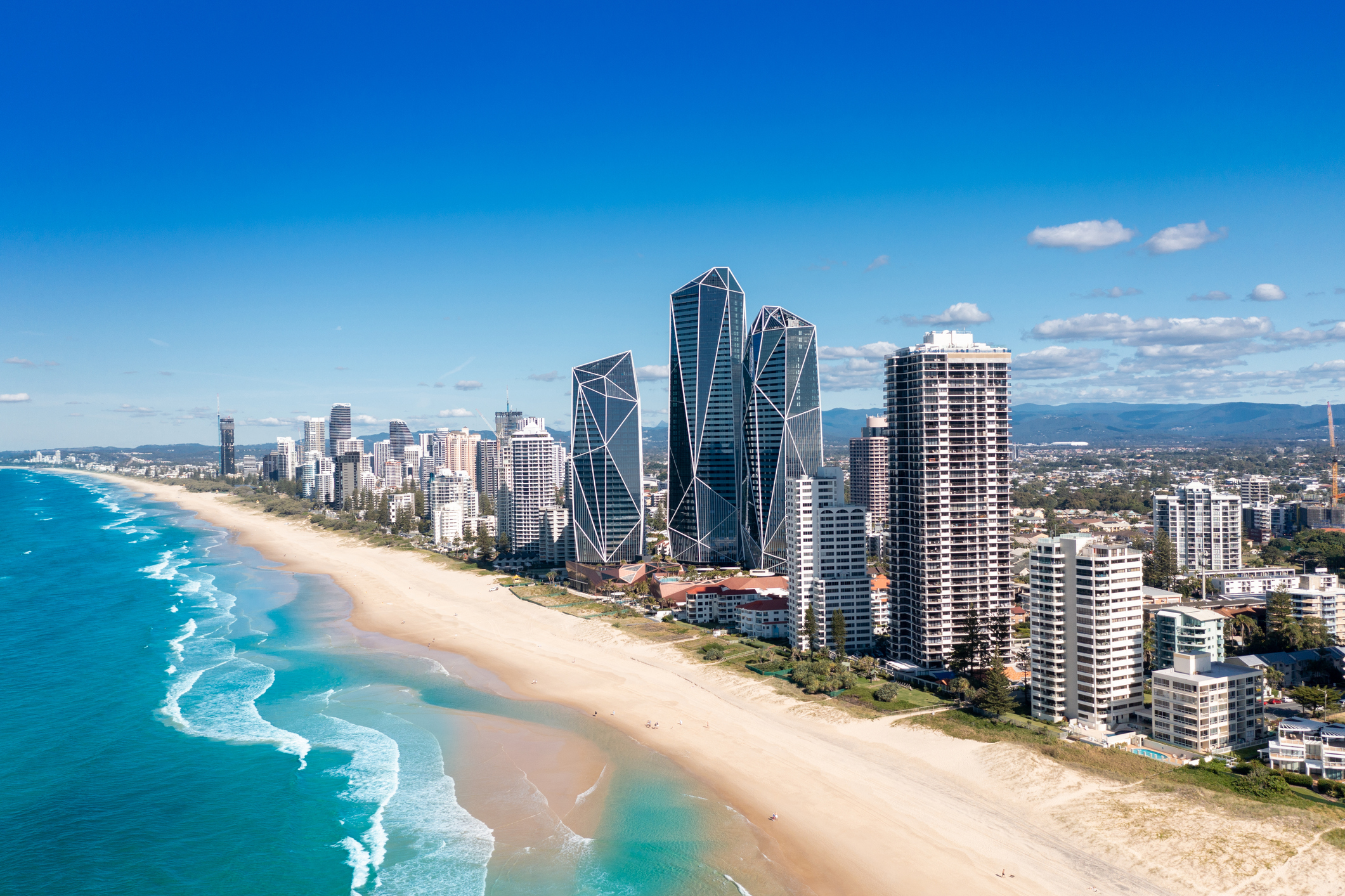Don't make this common daylight saving mistake
Daylight saving starts this weekend in NSW, Victoria, the ACT, South Australia and Tasmania, with clocks instantly ticking forward to 3 am at 2am on Sunday.
As ever, Western Australia, Queensland and the NT will not join the party – meaning there will be a three-hour time difference between Perth and the southeastern capital cities.
States are once again divided as parts of the country prepare for daylight saving. Reporter @TamraBow has more.
— Sunrise (@sunriseon7) October 3, 2024
WATCH SUNRISE FOR MORE | @7plus ?? pic.twitter.com/3QTKoNEeEv
"Spring forward, fall back." That has always been the most helpful phrase to remind you whether to turn the clocks forward or backward.
Not that most people change their clocks manually in the digital age, but back in the day, some people always seemed to set their timepieces the wrong way by an hour.
But there's another thing people get wrong all the time. They call it "daylight savings" – like the savings you (hopefully) have in the bank.
But the phrase is not plural. It is, quite simply, "daylight saving". As in, you are saving daylight by making sunrise an hour later and sunset an hour later.
READ MORE: Greenland makes daylight saving permanent

Image: Don't forget to do this if you have an old-school clock. Source: iStock.
According to the Royal Australian Historical Society, daylight saving was briefly introduced way back in 1916 as a wartime fuel-saving measure during World War I.
Tasmania was the first state to adopt daylight saving permanently. That was in 1967, and it was an alternative to power rationing during a drought.
In 1971, New South Wales, Queensland, South Australia, Victoria, and the ACT also adopted daylight saving. Queensland abandoned it a year later. Western Australia and the Northern Territory have never had it.

Image: From this Sunday, it'll be midday on the Gold Coast but still 11 am way in the distance across the Tweed River in NSW. Source: iStock.
Daylight saving is seen as most advantageous to city dwellers working a traditional 9 to 5 working day, who can enjoy leisure activities after work in natural light.
But people on the land say it disrupts their schedule, and the schedule of the animals they work with, while people in northern Australia prefer their extra hour of light at the coolest time of day – hence the reluctance of Queenslanders and Territorians to adopt it.
Whether you're a fan or a foe of daylight saving, just remember that it's not "daylight savings". We are saving an hour of daylight, not "savings" it.
